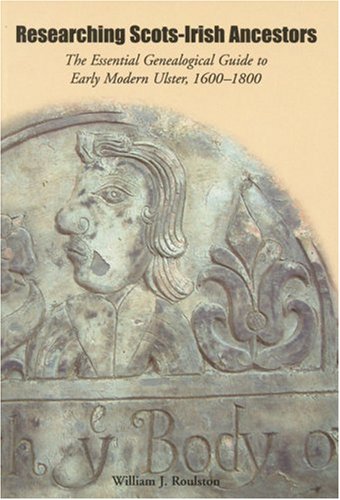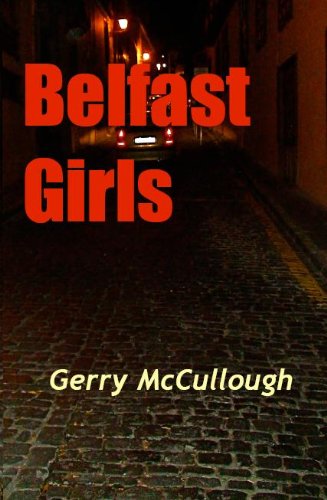Reviewing Joanna Stephen-Ward's Vissi d’arte, Shah Wali Fazli’s The Interpreter, Faith Mortimer’s Assassin’s Village, and MG Villesca’s Getting ME Back.
Reading, we like to believe we’re in something true, that it “rings true.” When movies were only available at the local theaters, everyone liked to give their opinion. “It was OK, but some of it seemed fake” or “I could see the camera tricks” or “Wow, you should see it.” The main criteria used to be its reality factor.
Older, I lost my romanticism and preferred more often to read fiction that told me about times or people. Experiences with slander and assumptions about identity made me sensitive about imagination, when it pretended or indulged in wishful thinking, and when it had insight. Fiction to my thinking was news that couldn’t be published. It was the personal news that affected society. I was never much for reading history or politics. But I’m fascinated with fictionalized history while it fills in my gaps.
It would be disappointing if Jane Austen hadn’t spent time in Bath. Or to learn that Margaret Mitchell never really considered divorcing a man like Rhett.
This posting features books admittedly woven from the author’s own life or setting. But it’s the skill of these authors that brings their unusual experiences to the reader and in story form.
 |
| At Amazon.com |
Vissi d’arte A Story of Love and Music by Joanna Stephen-Ward
For anyone who has attempted the discipline of the performing arts, Vissi d'arte starts out with the stepping stones. The characters lead the reader on, Max the banker who has always desired to show off his voice on stage, the young women vying for lead roles, some unsure and one insidious, a director whose favorites wait on his choice, a journalist who uncovers the intrigue behind the curtain, and an opera coach whose past is veiled.
It's entrancing to identify with a student in this Australian opera school. Their language lessons and their acting practice are carefully depicted while the author shows how the intensity of this art and its student circle can develop into destructive passion. The knives in rehearsal, the parts assigned become prelude to a desperate singer's scheme to obtain a lead singer's life. But the most operatic of all pasts is that of the teacher, Harriet Shaw, not known to have sung since she left England. Vissi d'arte portrays both the discipline and the off-hours release of this demanding lifestyle.
It's entrancing to identify with a student in this Australian opera school. Their language lessons and their acting practice are carefully depicted while the author shows how the intensity of this art and its student circle can develop into destructive passion. The knives in rehearsal, the parts assigned become prelude to a desperate singer's scheme to obtain a lead singer's life. But the most operatic of all pasts is that of the teacher, Harriet Shaw, not known to have sung since she left England. Vissi d'arte portrays both the discipline and the off-hours release of this demanding lifestyle.
 |
| At Amazon.com |
The Interpreter by Shah Wali Fazli
While The Interpreter portrays an insider's panorama of the conflicts in Afghanistan, it is also crafted as a story that tunnels into the vendetta between an Afghanistan man and his Taliban torturer. Yet the book is written with the gray zones that make this conflict one of controversy.
Shabir was learning karate when the Taliban captured him, beat him, and tortured him, sending his family to Russia for refuge. His bravery in joining the American forces as an interpreter leads to compelling scenes of encounter. When he interprets intercepted radio messages, he knows he is a target. Although he eventually vanquishes his tormenter, there is more to this. It reminds me of the end to Doctor Zhivago in that Shabir must leave; he has to be displaced. This is a moving book, rich in scenes of Afghanistan.
Assassin's Village by Faith Mortimer
This is the kind of mystery I love to read, psychological and delving beneath mere motives to the twisted and eventful pasts of the characters, these involved in a theatre group. Individual stories are taken up and told to a present where the confrontations inhibit the truth. That's where the character masks take over, one mask meeting another so that the dialogue perplexes.
The history of the British on Cyprus extends this mystery, meting out their relationships with the local Cypriots. All of the characters are fascinating; their habits and quirks in this setting held me rapt. I was reminded of Doris Lessing and Muriel Sparks' stories about ex-patriot British people in Africa.
Assassin's Village begins as mystery about an arrogant and despised man's murder but halfway through, it becomes a tangle of tragedy, mounting until it has revealed the inner grief of the woman most damaged. Throughout, the scenes and the characters are held in lively balance, keeping tragedy underneath and delighting the reader's senses.
 Getting ME Back by MG Villesca
Getting ME Back by MG Villesca
It's not often that a book about teenagers presents cars dragging Main Street and rural parties with such convincing atmosphere. Telling such a story as it happens is not an easy thing. The hurdle that MG Villesca clears is in portraying the flirtation and intense feelings that teenagers really have.
Linda doesn't tell us that she is the kind of girl guys want. She's more concerned with her own conversation when it comes to boys and especially the one she is ecstatic to date. While she tries to maintain a cool head, she juggles her friend relationships with that of her well-off boyfriend. His possessiveness is told with suspense, how it ricochets into her daily life and how his discreet violence affects an entire town.
Besides giving an almost panoramic picture of a Texas town, its car culture beginning at a carwash and Linda's inner struggles, the author has provided a book that will undoubtedly capture YA readers.
Shabir was learning karate when the Taliban captured him, beat him, and tortured him, sending his family to Russia for refuge. His bravery in joining the American forces as an interpreter leads to compelling scenes of encounter. When he interprets intercepted radio messages, he knows he is a target. Although he eventually vanquishes his tormenter, there is more to this. It reminds me of the end to Doctor Zhivago in that Shabir must leave; he has to be displaced. This is a moving book, rich in scenes of Afghanistan.
 |
| At Amazon.com |
This is the kind of mystery I love to read, psychological and delving beneath mere motives to the twisted and eventful pasts of the characters, these involved in a theatre group. Individual stories are taken up and told to a present where the confrontations inhibit the truth. That's where the character masks take over, one mask meeting another so that the dialogue perplexes.
The history of the British on Cyprus extends this mystery, meting out their relationships with the local Cypriots. All of the characters are fascinating; their habits and quirks in this setting held me rapt. I was reminded of Doris Lessing and Muriel Sparks' stories about ex-patriot British people in Africa.
Assassin's Village begins as mystery about an arrogant and despised man's murder but halfway through, it becomes a tangle of tragedy, mounting until it has revealed the inner grief of the woman most damaged. Throughout, the scenes and the characters are held in lively balance, keeping tragedy underneath and delighting the reader's senses.
 Getting ME Back by MG Villesca
Getting ME Back by MG VillescaIt's not often that a book about teenagers presents cars dragging Main Street and rural parties with such convincing atmosphere. Telling such a story as it happens is not an easy thing. The hurdle that MG Villesca clears is in portraying the flirtation and intense feelings that teenagers really have.
Linda doesn't tell us that she is the kind of girl guys want. She's more concerned with her own conversation when it comes to boys and especially the one she is ecstatic to date. While she tries to maintain a cool head, she juggles her friend relationships with that of her well-off boyfriend. His possessiveness is told with suspense, how it ricochets into her daily life and how his discreet violence affects an entire town.
Besides giving an almost panoramic picture of a Texas town, its car culture beginning at a carwash and Linda's inner struggles, the author has provided a book that will undoubtedly capture YA readers.
























